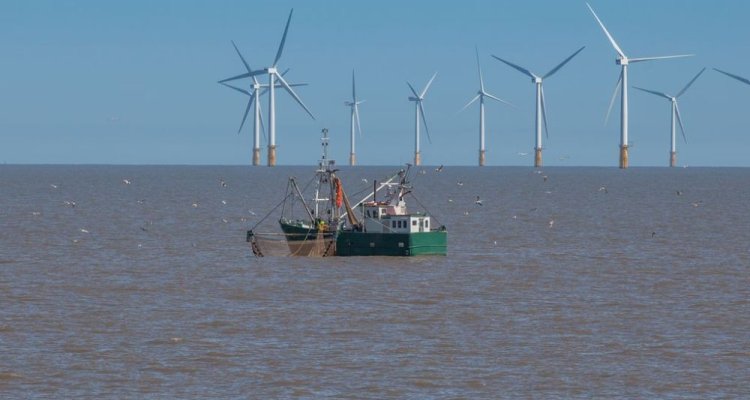
Project
Costs and Biodiversity of Nature-Inclusive Energy (KOBINE)
The aim of this project is to quantify the nature gain (biodiversity) of various nature-inclusive designs in nature restoration projects in offshore wind farms (or test areas outside), in relation to their construction and maintenance costs. The research will take place in the Borssele wind farm area and at the North Sea Farm.
Nature-inclusive construction
The aim of the Dutch government in restoring nature in offshore wind farms is to restore the original species and to stimulate North Sea biodiversity in a broad sense. Nature restoration should focus on species that naturally occur in the Netherlands and are under pressure, such as species and habitats on the OSPAR list, protected species under Natura 2000 and species that receive attention under the MSFD (e.g. sharks and rays). In addition, offshore wind farms provide breeding opportunities for commercial species (crabs, lobsters, squid). The De Rijke Noordzee (DRN) programme will cooperate with a number of private parties (TenneT, Blauwwind and Ørsted) at three locations off the coast of Zeeland on nature restoration with nature-inclusive construction measures for the recovery of mussels, squid, cod and flat oysters. There are also nature restoration pilots at pilot locations outside the wind farms (e.g. Noordzeeboerderij). In addition, in this project we will perform additional monitoring to estimate the effect of the nature restoration measure on biodiversity. The monitoring that is primarily aimed at the target species themselves is already being carried out by the private parties mentioned.
New technologies
We measure the biodiversity of bottom-dwelling animals with new technologies, such as environmental DNA (eDNA) in water samples, and video monitoring and automatic image recognition of species on underwater video footage. Image recognition techniques are further developed and integrated with conventional techniques. We are contributing to the development of a robotic arm to take scrap samples of benthic organisms, and are applying it where possible. The combination of different monitoring techniques offers the possibility for validation of new(er) techniques and on top of that the opportunity to test innovative new methods in the field. This integration results in considerable cost savings.
With this approach, we want to contribute to the validation and quantification of nature benefits created by nature-inclusive designs and measures in nature restoration projects in offshore wind farms with the long-term objective of scaling up effective designs and techniques for broad use in new wind farms. Especially in the planning phase of new wind farms, it is important to know which nature benefits can be achieved with which cost-effective measures. Gaining insight into this is therefore of both ecological and economic importance.
The project consists of (1) data-mining: literature study and data collection, (2) methodology development and fieldwork (making and analysing ROV images, eDNA), (3) data-analysis, (4) development of a model to analyse costs/benefits and (5) communication and project management including integration with ongoing projects.
Publications
-
Biodiversiteit in offshore windmolenparken: inspectie kunstrif Ørsted offshore windpark Borssele 1&2
-
Nature inclusive building in OWFs in the Netherlands
-
Costs and benefits of Nature-Inclusive Energy (KOBINE)
-
Biodiversity around wind farms - KennisOnline Magazine 2023
-
Biodiversity: Boulders bring new life
-
Biodiversity around wind farms
-
Research nature enhancement in the North Sea
-
Onderzoek natuurinclusieve maatregelen op de Noordzee